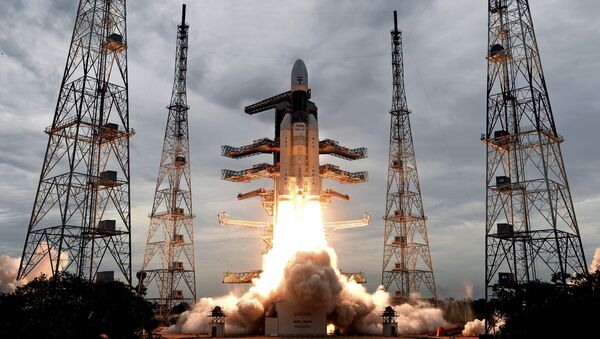The Indian Space Research Organisation, ISRO, has shared the sharpest images ever of the Moon, taken by a high resolution camera (OHRC) on board the orbiter.
#ISRO
— ISRO (@isro) October 4, 2019
Have a look at the images taken by #Chandrayaan2's Orbiter High Resolution Camera (OHRC).
For more images please visit https://t.co/YBjRO1kTcL pic.twitter.com/K4INnWKbaM
These images are an important new tool for lunar topographic studies of select regions, said the ISRO. The photos were taken at an altitude of 100 kilometres. They covered a part of the Boguslawsky E Crater and its surroundings, which lies in the southern polar area of the Moon. The crater was named after German astronomer Palon H. Ludwig von Boguslawsky.
The orbiter’s life was originally planned to last one year, but during its journey to the Moon, the ISRO was able to save its fuel, which made it possible to extend its life for a longer period. It is thus capable of communicating with the Indian Deep Space Network (IDSN) at Byalalu, near India’s southern city of Bengaluru.
The ISRO said on Thursday, 3 October, that the payload on the orbiter over its first few days could detect charged particles and intensity variations during its first passage through the long tail (geotail) of the Earth’s magnetosphere.
The Chandrayaan-2, with all its domestically-made payloads, began its voyage on 22 July from the ISRO’s spaceport on the eastern coast of Sriharikota in Andhra Pradesh. After an initial hiccup, it overcame all other hurdles seamlessly.
Despite the setback to India’s historic attempt, NASA lauded the Chandrayaan-2 mission, saying it "inspired" the US space agency and that they were looking forward to explore the solar system with their Indian counterpart.
"Space is hard. We commend ISRO's attempt to land their Chandrayaan-2 mission on the Moon's South Pole. You have inspired us with your journey and look forward to future opportunities to explore our solar system together", NASA said in a tweet earlier, in September.

